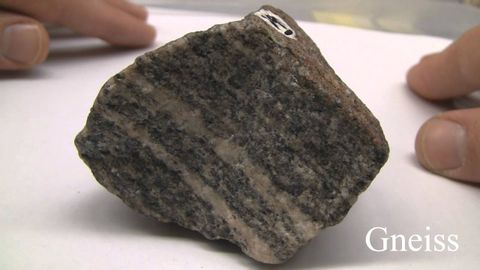岩石和礦物鑑定 (Rock and Mineral Identification)
 沒有此條件下的單字
沒有此條件下的單字- adj.巨大的;大而重的;大量的;厚重的;大規模的
US /ˈstrʌk.tʃɚ/
・
UK /ˈstrʌk.tʃə/
- n. (c./u.)結構;建築物
- v.t.構成;組織
US /ˈtɛkstʃɚ/
・
UK /ˈtekstʃə(r)/
- n. (c./u.)(文藝作品等的)組織;結構;紋理:質感:質地
- v.t.使...具有粗糙或浮凸的紋理
US /ˈmidiəm/
・
UK /'mi:dɪəm/

